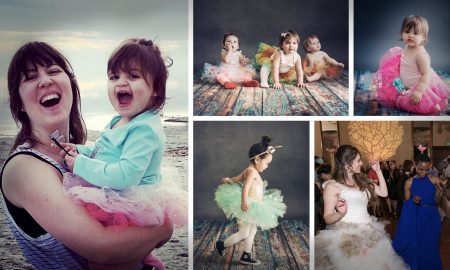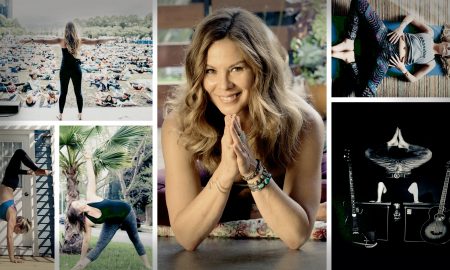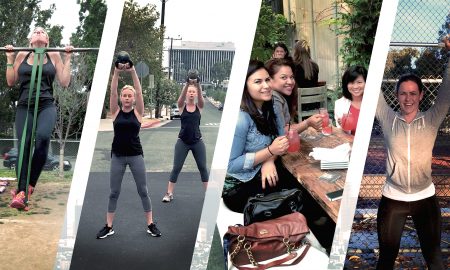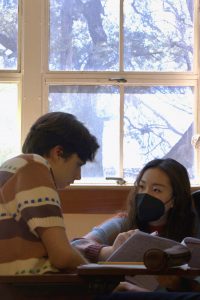
Today we’d like to introduce you to Shucheng Yan.
Hi Shucheng, we’d love for you to start by introducing yourself.
If I must pinpoint the beginning of my story, it might sound embarrassingly clichéd! My first foray into storytelling dates back to 2007, courtesy of a Lego 3-in-1 set. As a kid with the wildest imagination but little patience for writing and drawing, I brought my dreams to life through numerous skits at the red-roofed Lego house. The minifigures were my beloved actors, and the bricks and pieces served as my stage and storyboard. Every day, I would dress the house differently and craft a new chapter for the character. Occasionally, I’d tear down the house, repurposing it for another “set.”
Fast forward thirteen years, amidst Covid isolation and another round of Friends marathon, I found myself reflecting on the redemptive power of enclosed spaces in sitcoms, all while reminiscing about my childhood playtime. It suddenly dawned on me how media profoundly influences our perceptions of our homes, lives, and ourselves. By “furnishing” these spaces with stories and observing them unfold as outsiders, perhaps we can begin to recognize the extraordinary in our ordinary lives.
That is all to say—I enjoy making and watching one-room films. Previously, I made a short inspired by Virginia Woolf’s short story “The Mark on the Wall” and explored the harm and potential ease derived from a brief lapse of concentration during an exam. While “trapped” in the exam room, the young man notices a mark on the wall and falls into a fanciful black hole. Currently, I am working on a film about an estranged mother and daughter, who each holds onto a secret that keeps them apart. The mother secretly grieves for the loss of an unconfessed love, and the daughter anxiously expects a baby. The story is a blend of whimsy and introspection, steeped in Chinese traditions and beliefs. I deliberately limited both films to one location because the power of one room is infinite when good stories can make particularities of place and experience accessible to audiences across distinctions of age, race, gender, class, ethnicity, etc.
Well… at least that’s what I aim for!
Circling back to your question about ‘where I am today,’ I’d say that my own little, ordinary life might not be the most thrilling tale (laughs). But I really appreciate your interest in my story! Thanks for giving me the opportunity to talk about the more interesting lives I illuminate in my creative works 🙂
We all face challenges, but looking back would you describe it as a relatively smooth road?
I wouldn’t say that it has been a smooth road, but it is, for sure, a serendipitous ride where I was lucky enough to stop and turn many times to collect trades of all kinds.
In college, I traversed the fields of design, literature, art history, creative writing, etc. I always found the practice of choosing a college major extremely cruel because I simply wanted to learn many things! And to my dismay, I could never find the time to dive deep into, say, a painting of a woman reading a letter by Vermeer. But fortunately, these turbulent four years shaped my ethical imperative to forge connections across differences. The storytelling mediums I “collected” along the way became extremely helpful now that I work with such a versatile medium as film.
As an Architecture student, my projects transcended a focus on form to emphasize events and actions that happen in space. In my first year, I designed an open-air theater with seats turning in all directions so that the audience could watch the play as well as the surrounding movements. The audience sees strollers passing by or hears the sounds of rustling leaves and becomes more attentive to the lives around them rather than the story in the spotlight. In my later years of college, studying art history and literature definitely honed my skill to frame a “way of looking” so that I can help my readers familiarize themselves with an experimental film, an abstract concept, or an underrepresented group. I remember writing about Trinh T. Minh-ha’s documentary film, Reassemblage (1982), and noticing the disjunctive audiovisual patterns as a means of encouraging embodied attention to women’s activities in rural Senegal. With that documentary, I became increasingly aware of film as a visual and audio medium that could foster effective connections.
I could go off on many other tangents to answer how I came to filmmaking with all the twists and turns. But to keep myself from going on forever like those interviewees I hated as a kid, I should just say that it was an extremely happy discovery when I realized that film might be the nexus of all my interests in my endeavors to forge human connections.
Alright, so let’s switch gears a bit and talk business. What should we know about you and your work?
I shy away from labeling myself as an artist, a filmmaker, or something similar because I think these labels carry a social responsibility and impact that I haven’t achieved yet. As of now, I see myself more as a tour guide because I direct your attention to a person, individuals, communities, cuisines, or stories that deserve recognition.
I also don’t believe in one identity because one can be a combination of many things that are constantly evolving. We are all complex and multifaceted beings. The exception, for me at least, is that I am and will always be a Buddhist. And as a Buddhist who believes in reincarnation, I like to think of myself as the reincarnated spirit of Virginia Woolf and Vermeer combined. I probably mentioned them in my interview, but here you go again! (laughs)
What I love about these two artists is their quest for quiet introspection and dedication to portraying women’s everyday lives—and inner lives. These are qualities that I could only hope to recreate through my future works. But I believe with my dedication and my communal upbringing in many places across the world; I developed a strong sense of social responsibility and compassion that would make me a great “tour guide” in the rich tapestry of experiences we now find ourselves in every day.
What quality or characteristic do you feel is most important to your success?
Ha! Success is a fickle word, just like happiness. It has now been almost a decade since I first came to the States, and I think I’ve never been happier doing what I do right now, surrounded by like-minded people and supported by my lovely family, boyfriend, and friends, no matter how far away they are.
So I guess I am successful in that way! And to achieve this level of success—just kidding but for real—be kind, brave, loving, and devoted. Find fixity in passing, wonder in the every day, and reconciliation in chaos and solitude.
Contact Info:
- Website: shuchengyan.com
- Linkedin: www.linkedin.com/in/yanshucheng
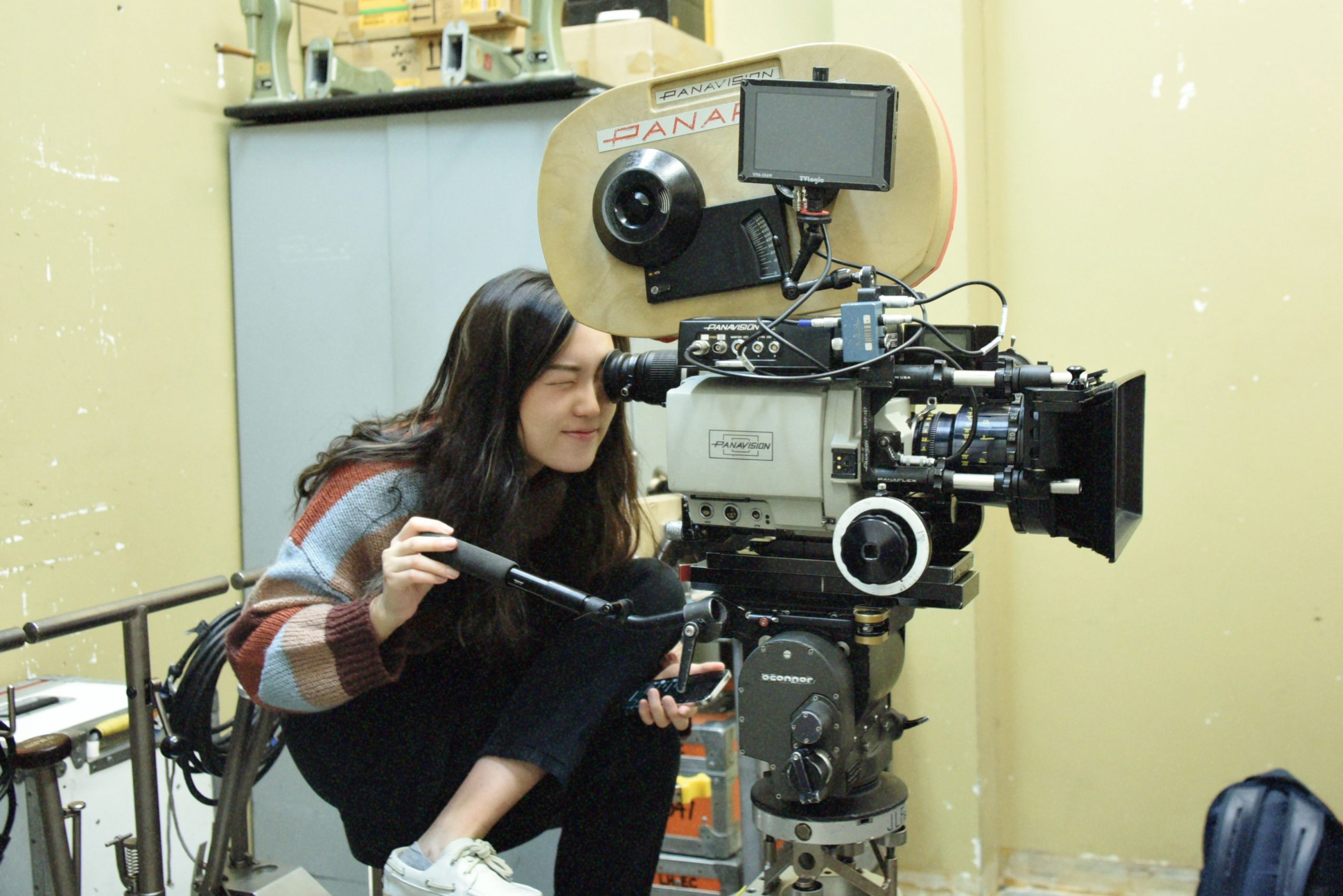
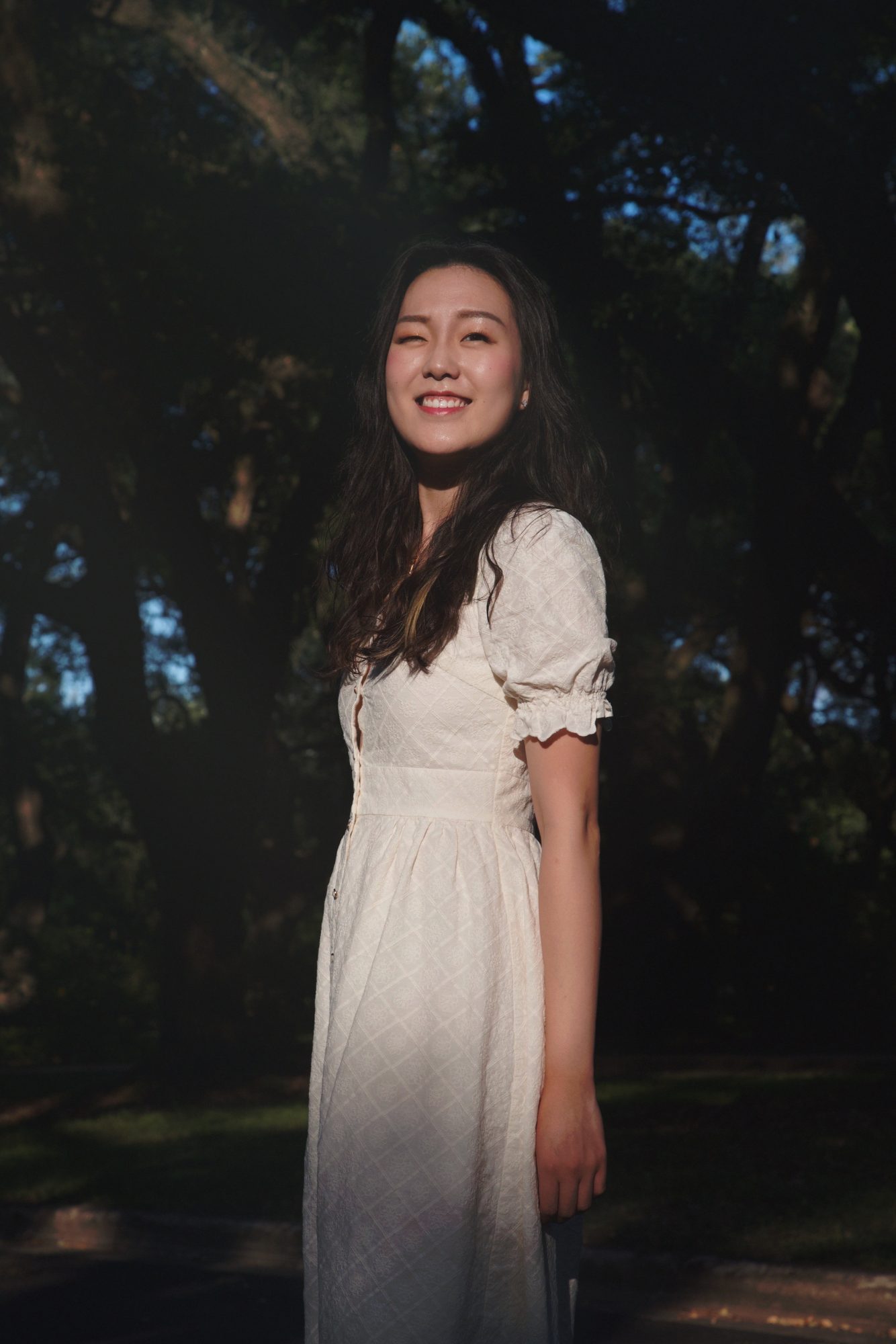
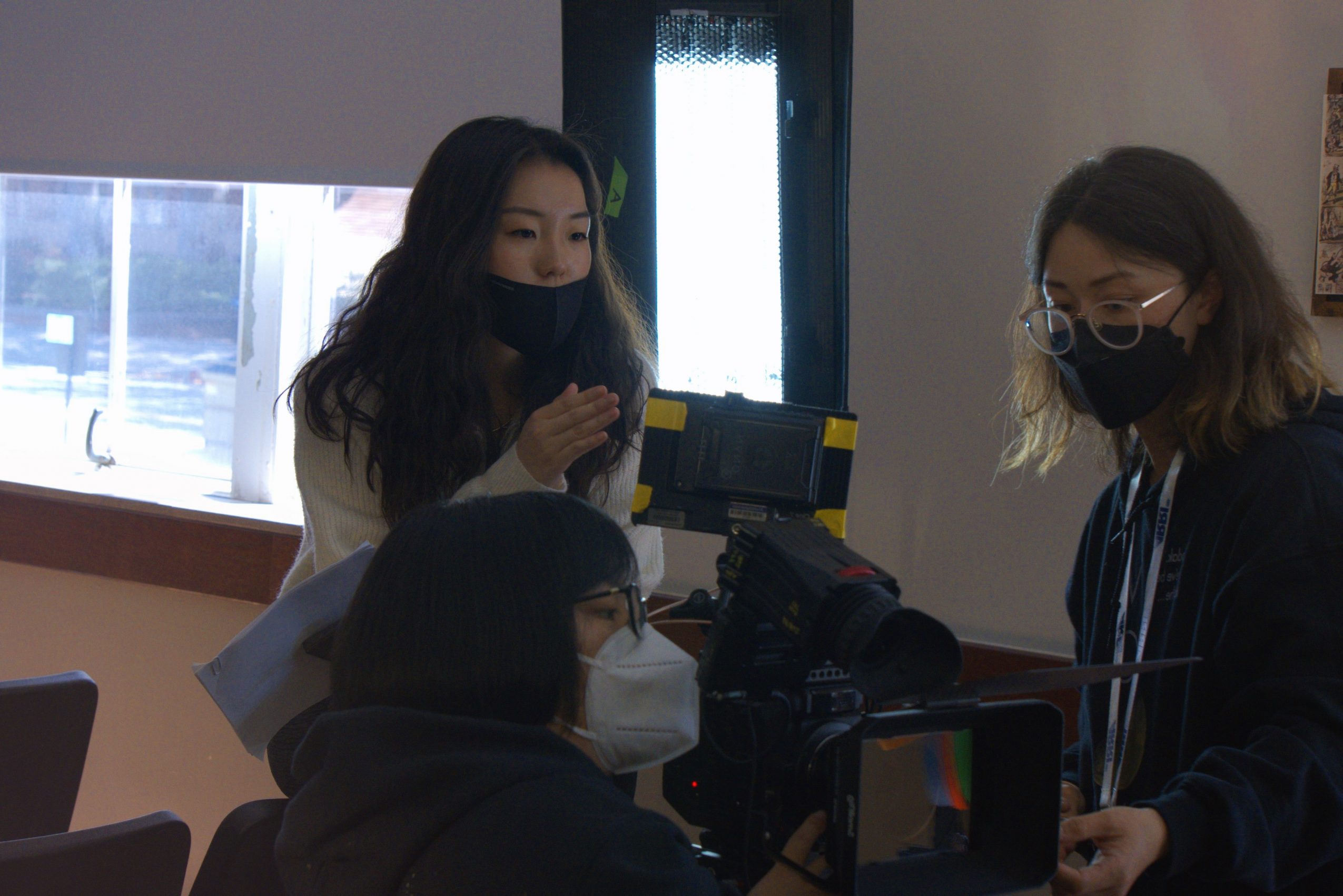
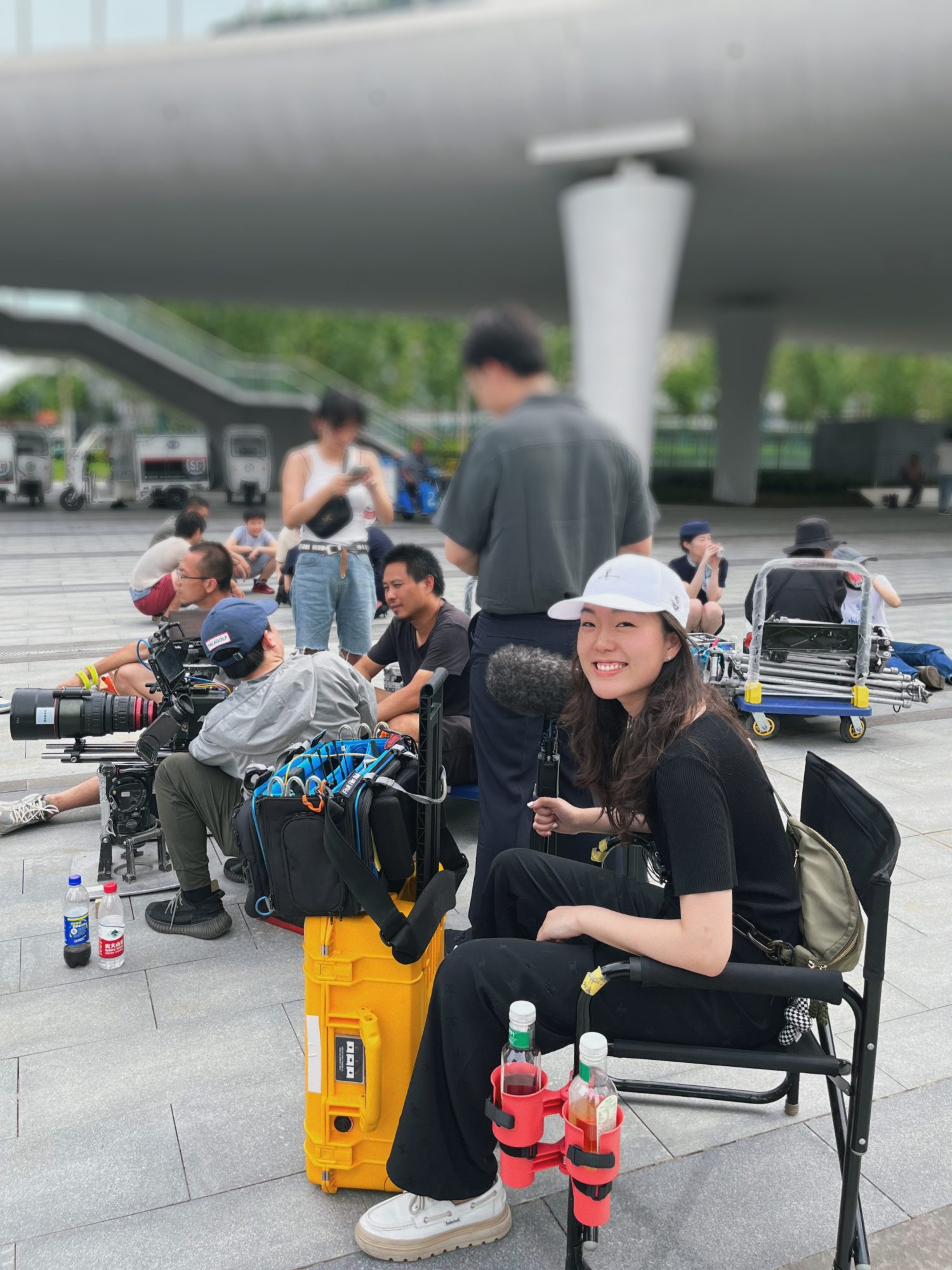 Image Credits
Image Credits
Cloris Cai, Fruit Li, Sean Niu


